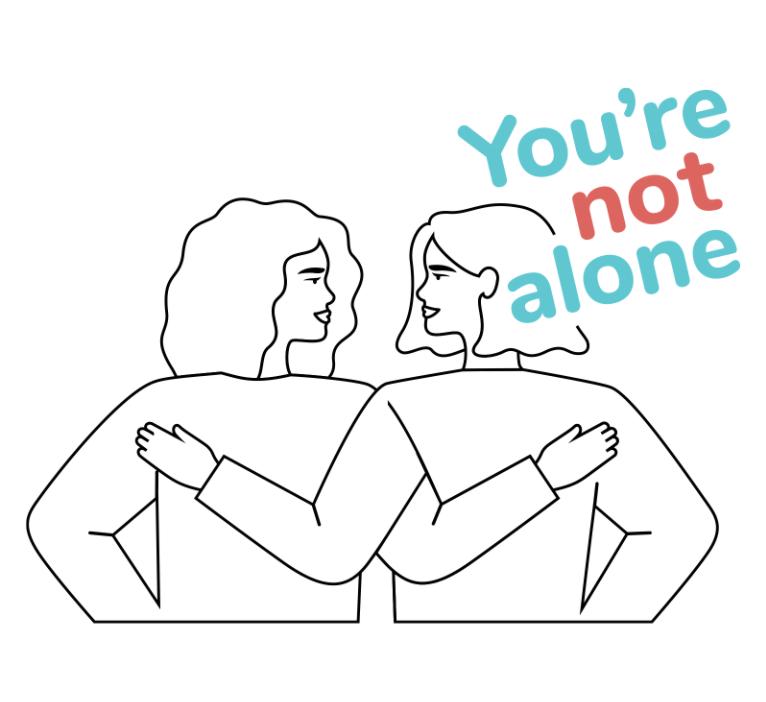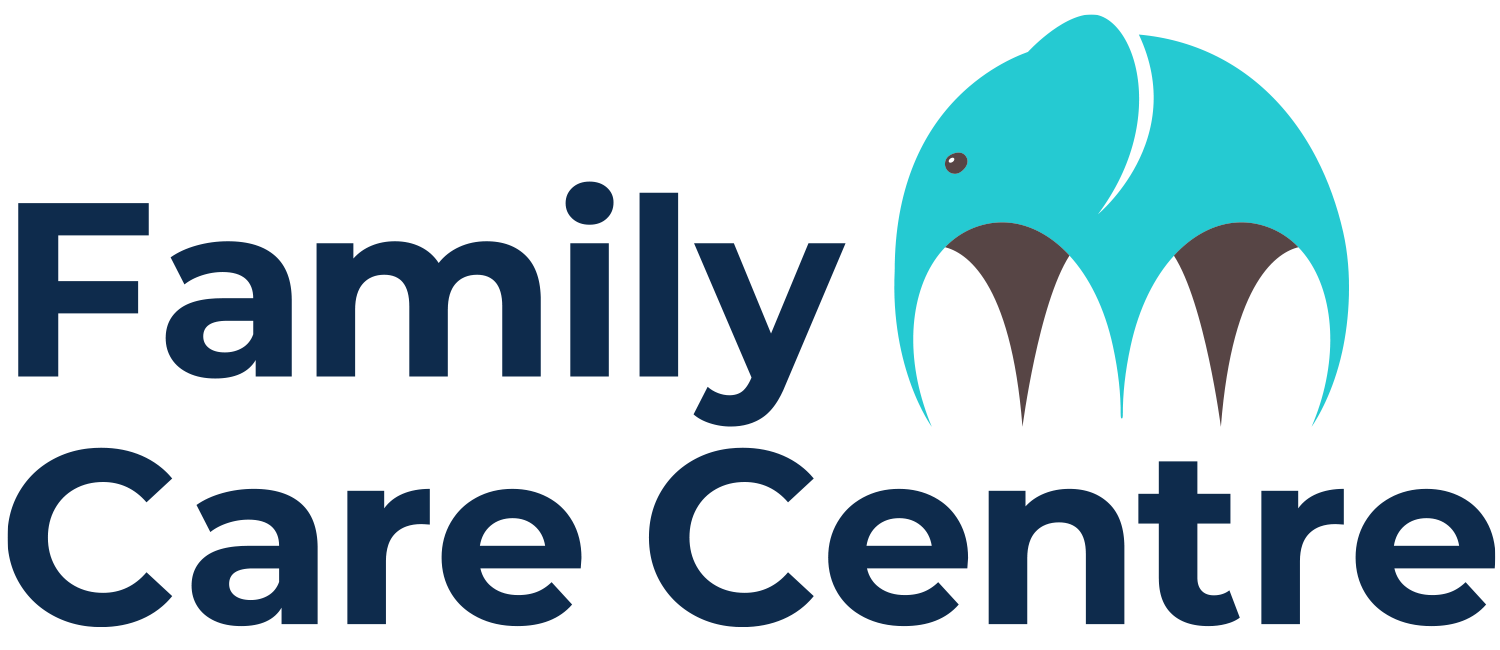Create a Safety Plan
When it comes to preparing for a mental health emergency, one helpful tip is to have a Family Safety Plan in place. Many families create a plan after the first time an emergency happens so that they know what to do if it happens again. But, if you are concerned that a crisis is possible or likely, it’s always helpful to be prepared.
Creating Your Family Safety Plan
A Family Safety Plan can be created with your mental health worker, doctor, or other professionals, with your child or youth so that they are a part of the plan. This plan is created to help ensure the safety of your child, as well as the other people and things in the space, including pets and property.
Having a plan in place will guide you through an emergency – this means you don’t have to think about what to do in a worst-case scenario. You have a plan to follow. Every child and family have unique needs and there is no right or wrong way to create a plan.
We are sharing resources and tips to get you started, but you can adapt this information as needed for your family.
How Do I Know If I Need A Family Safety Plan?
If your child is displaying these behaviours a safety plan may help to keep them and those around them safe.
Self-harm or suicidal ideation
- Verbally expressing suicidal thoughts or plans
- Attempts suicide
- Self-harm, physically hurting oneself (for example, cutting oneself)
Anger Issues
- Verbally abusive to family members or others.
- Physically abusive to family members, others in the home or pets.
- Destroys property when angry which can result in harming others.
Escapes/Disappears
- Gets up in the middle of the night to eat, explore, or sleepwalks.
- Leaves the house or other activities when someone isn’t looking, or when angry, anxious, etc.
Issues with Fire
- A history of or is known to have a fascination with fire.
Sexualized Behaviours
- Openly masturbating in family areas of the home (or public spaces).
- Acting out with the family pet
- Acting out with dolls, stuffed animals or other toys
- Acting out with other children in the school, neighbourhood or family. This may include sexualized talk or touch that is inappropriate.
Steps to create a safety plan
When creating a safety plan, it is important to talk to your child/youth about it and encourage their involvement as best they can
- Define the issue or problem. Be clear about who needs to be protected – your child/youth, other children, parent, sibling, other family members, property, etc. You can help to make sure your child/youth knows how to ask for help. It is a good idea to role play or practice a script until it is something that they are comfortable with. So that way, if your child/youth needs to use the safety plan on their own, they can do so.
- Identify safe places for everyone in the home. If something dangerous is happening in the home, everyone needs to know where they can go. For example, a room in the house where a sibling can close the door, or an agreed upon calming room. If needed, identify spaces outside of the home, such as a next-door neighbour, a friend or family member that lives close by. Be sure to talk to these people about the plan. It is also important to make sure that the home environment is safe, make sure that there are no dangerous items that can be used for self-harm.
- Have access to a crisis line, 911, or the closest local emergency room, in case their mental health deteriorates. Have this information by your telephone, in your phone, or on an index card.
- Try to pinpoint when/where the behaviour occurs, if it is predictable. For example, the behaviour may occur when the child is left unsupervised, when they are anxious, if they lose a privilege as a result of behaviour or poor choices, before tests, or when told no.
- Determine who needs to be involved with the plan and who it should be shared with. Children and youth need to know who are the safe people that they can talk to: an adult, a caregiver, a teacher, a family doctor etc.
- Keep your Family Safety Plan updated. Remember to consider changes to the plan when life and environmental changes happen (change schools, move bedrooms, neighbour moves away, etc.)
- Know what happens if the safety plan fails. For example, have a list of crisis numbers to call and be prepared to call the proper authorities if needed, such as police, case workers, etc.
- If you have had to use your safety plan, re-evaluate the plan and decide if it was a success, what worked, what didn’t, what can be changed and what got left out.
We recommend that you attach your child’s personal health information to the safety plan so that all data is quickly available. Use our Emergency Personal Information Sheets
You’re not alone

We connected with parents and caregivers from Parent’s for Children’s Mental Health (PCMH) and asked them to share their experiences.
One mom, Angie, who lives in Stratford, Ontario, had to put her family safety plan in action when her son attempted suicide at age 16. It was the second time that Angie had to take her son to the hospital – the first is when he was suicidal at age 13. The second time they went to the hospital was because her son attempted suicide.
“From the first time we had to go to the hospital, we had filled out forms and had a safety plan that he wrote himself. Having created that plan, we all know it now by heart. We know what to do and who to call.”
More Resources
Emergency Personal Information Sheets by PCMH
Preparing for a child’s mental health emergency
My Coping Plan from School Mental Health Ontario
Suicide safety plan from CHEO
Suicide safety plan from the Centre for Suicide Prevention
You Don’t Have to Do This Alone.
Find your closest child and youth mental health centre.
